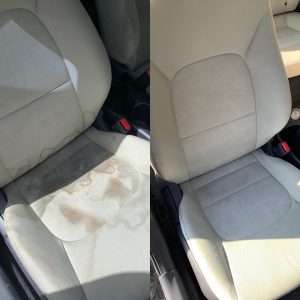Preparation is Key
Painting your car’s interior can dramatically improve its look. However, proper preparation is absolutely essential. It’s a process that requires patience and attention to detail. Skipping steps will lead to a poor finish. This section covers the necessary steps to prepare your car’s interior for painting.
First, thoroughly clean all surfaces. Use a good interior cleaner. Remove any dirt, grease, or grime. This ensures the paint adheres properly. Next, mask off any areas you don’t want to paint. Use painter’s tape and plastic sheeting. Protect your seats, dashboard, and windows.
Materials You’ll Need:
- Interior cleaner
- Painter’s tape
- Plastic sheeting
- Sandpaper (various grits)
- Primer
- Interior paint (specifically designed for cars)
- Spray gun or paint brushes
Choosing the Right Paint
Selecting the correct paint is crucial for a durable and attractive finish. Don’t just grab any can of paint! Use paints specifically formulated for automotive interiors. These paints are designed to withstand temperature changes and wear and tear; They are also more flexible, preventing cracking.
Consider the material you’re painting. Is it plastic, vinyl, or fabric? Each material requires a different type of paint. Read the product labels carefully. Choose a paint that is compatible with your car’s interior. A good primer is also essential. It helps the paint adhere better and provides a smooth surface.
The Painting Process
Now for the exciting part: applying the paint! Work in a well-ventilated area. Apply thin, even coats. Avoid applying too much paint at once. This can lead to drips and runs. Allow each coat to dry completely before applying the next. Follow the manufacturer’s instructions for drying times.
If using a spray gun, maintain a consistent distance from the surface. Move the gun in smooth, overlapping strokes. If using brushes, use high-quality brushes designed for fine finishes; Clean your equipment thoroughly after each use. Proper maintenance will extend the life of your tools.




